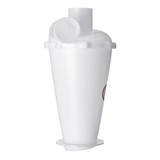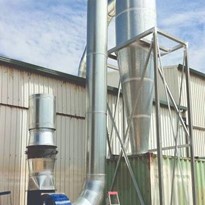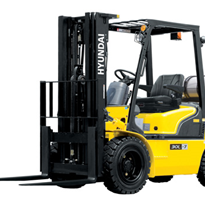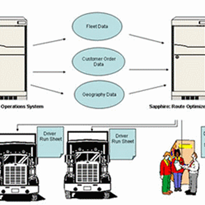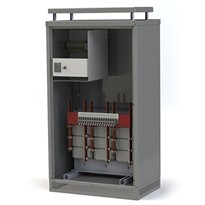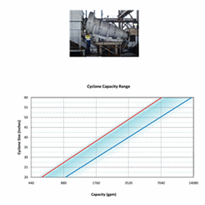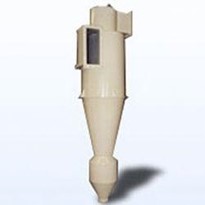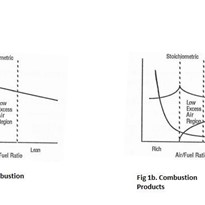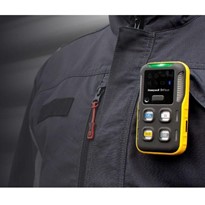Solution
The cyclones were lined with HMA Alumina/SiTech 'Hybrid Lining' which included the use of engineered alumina tiles in the inlet head and HMA SiTech monolithic linings in the cone sections. SiTech is a fine grain ceramic with a matrix hardness similar to the main ceramic particles, thus providing an extremely hard wearing surface.
Outcome
After being in service, the items were returned to us for inspection and refurbishment. Upon first inspection it was noted that one of the four cyclones had suffered a 'blow out' at the flange joint between the lower cone and the nozzle. The remaining linings seemed in fair condition with the usual expected wear on the Alumina components. Once disassembled, the cyclone components were examined internally with measurements being taken at each of the locations shown on the diagram above, these are shown below in the table along with the 'As New' dimensions: As you can see, there was minimal difference between the measured internal dimensions and the 'as new' dimensions (*apart from the one item that was damaged in transit). The difference between the design measurement and the actual measured items could even be attributed to manufacturing tolerances, this indicated there were no signs of measurable wear in the HMA SiTech components.
The four cyclones had received a total of 5,547,127 tonnes, an increase of around 1,000,000 tonnes without any measurable wear. This is an impressive lifespan increase compared to the original cyclones, especially considering the minimal wear on the HMA SiTech components. As a direct result of this, the internal parameters of the cyclones are maintained for a longer period, which provides improved cyclone performance and yield over the same time frame. Improving and maintaining cyclone performance for a longer period is critical to overall plant performance and any downstream processes.
The pictures above show there was no visible signs of wear at all on the HMA SiTech components, whereas the Alumina components were visibly worn with heavy scalloping. Traditionally the inlet head is the component subject to the least amount of wear but as you can see in the photos, there is heavy scalloping on the tile faces, whereas on the lower components where the material velocity is higher, it was actually the gasket joint which had failed with material chewing through the steel with the ceramic completely intact. Our recommendation was to remove the nozzle flange joint, lining the cyclone completely from inlet head through to nozzle discharge with HMA SiTech, removing the potential failure point. HMA engineering utilises special joints between SiTech components to overcome fines egress at joints. The secondary recommendation was the replacement of the inlet head alumina tiles with a one piece HMA SiTech liner. This will increase the service life of the cyclones, replicating the minimal wear of the SiTech in the lower cone sections into the inlet head. As all cyclones act under centrifugal forces with sliding abrasion on the internal lining, the removal of tile joints provides a smoother surface which leads to less turbulence and improved cyclone performance. The throughput increase of around 1,000,000 tonnes had already achieved a return on investment great enough to cover the cost of the further upgrade.
All in all, another successful HMA innovation.




